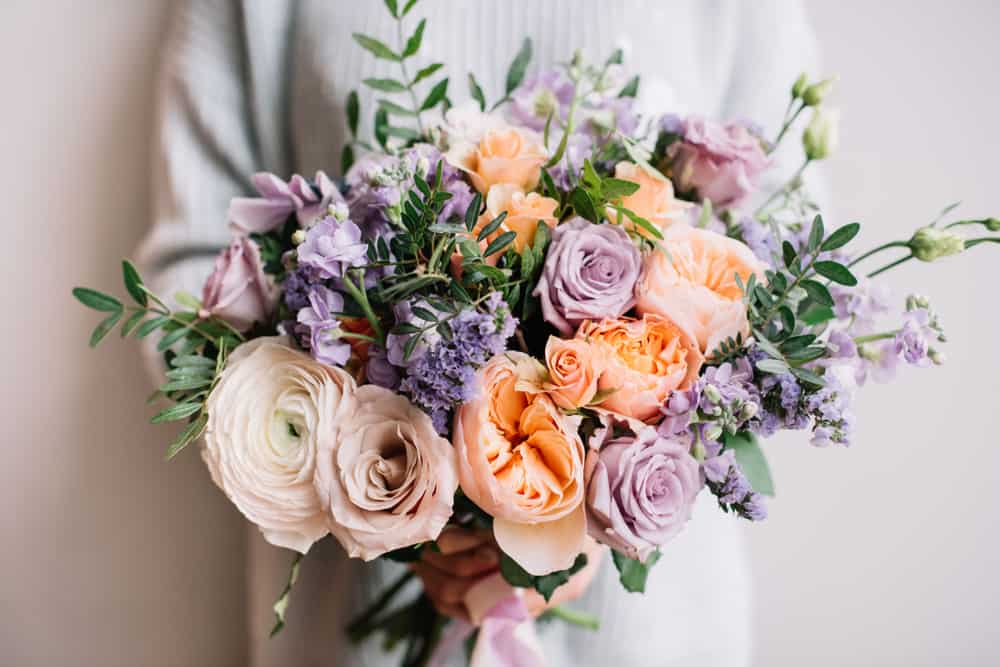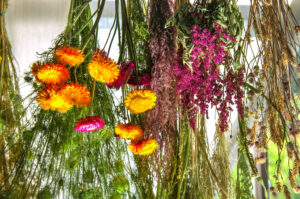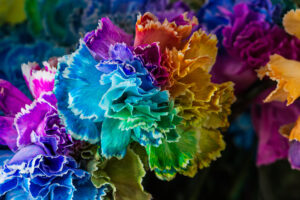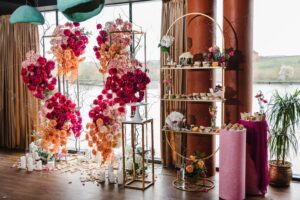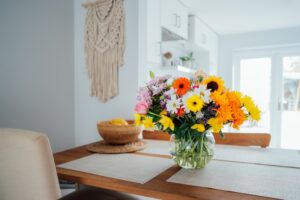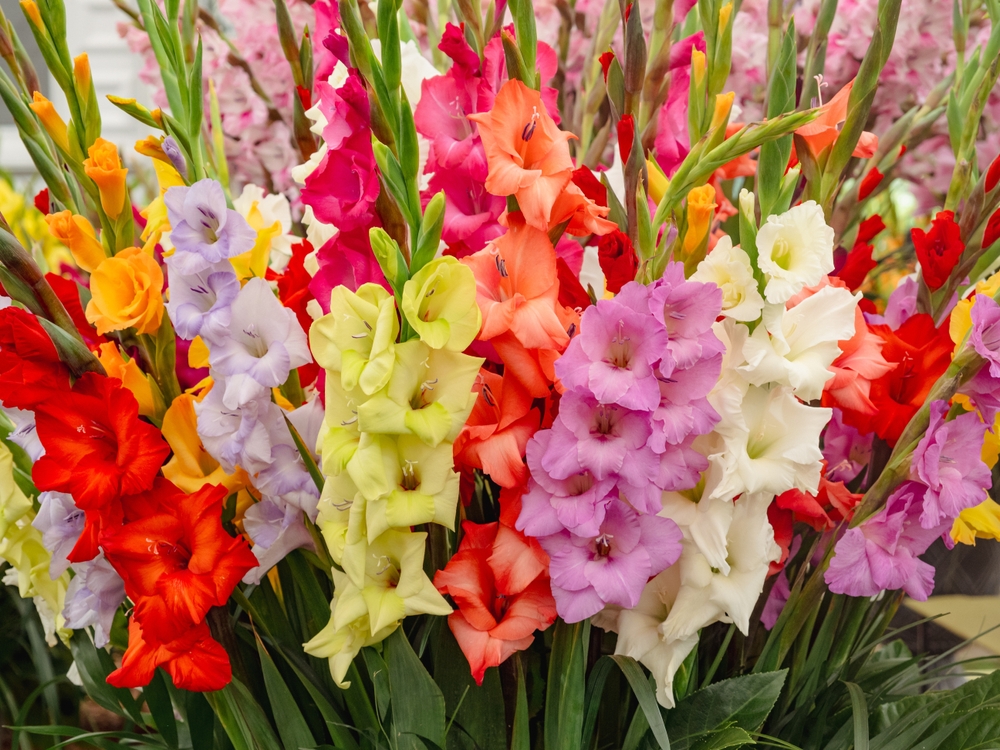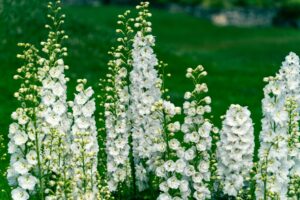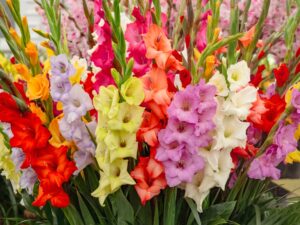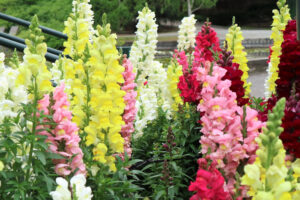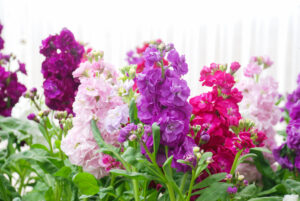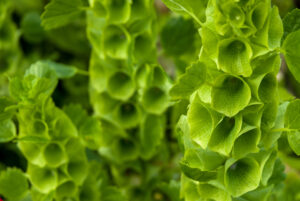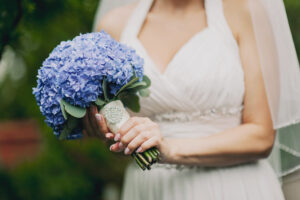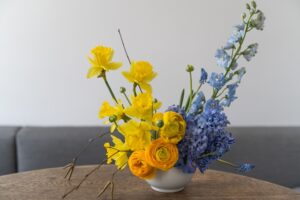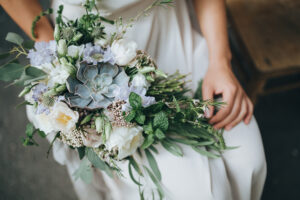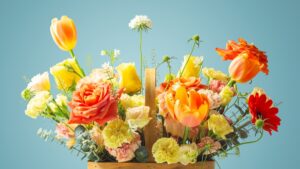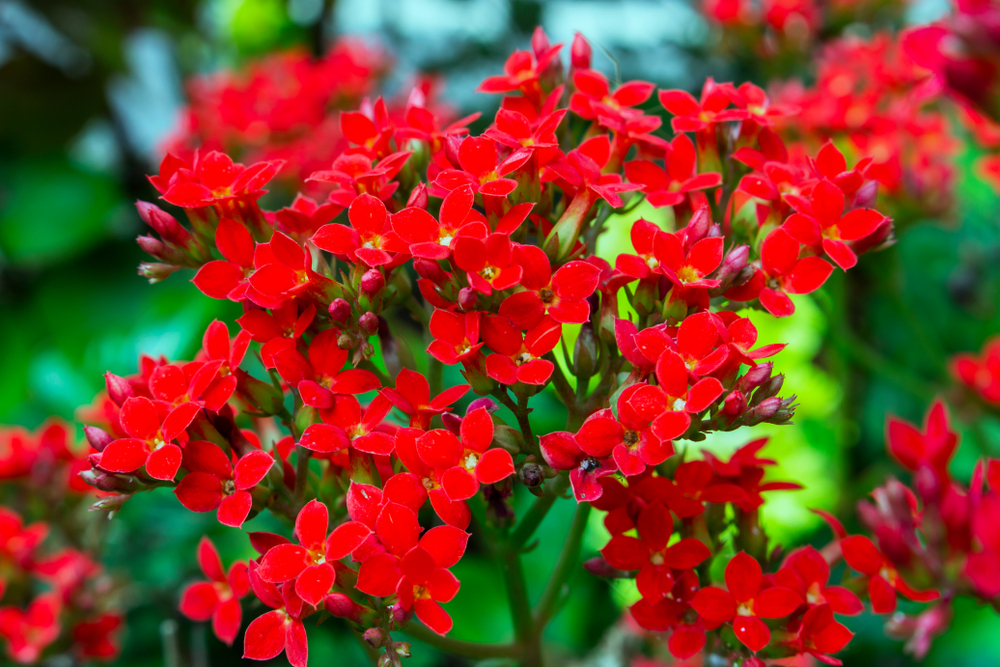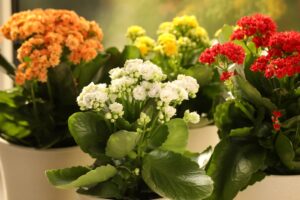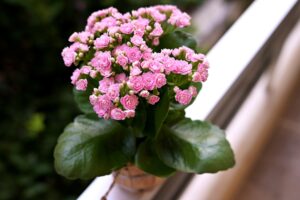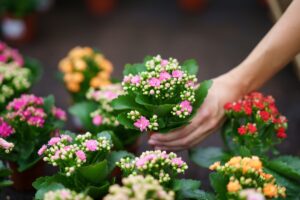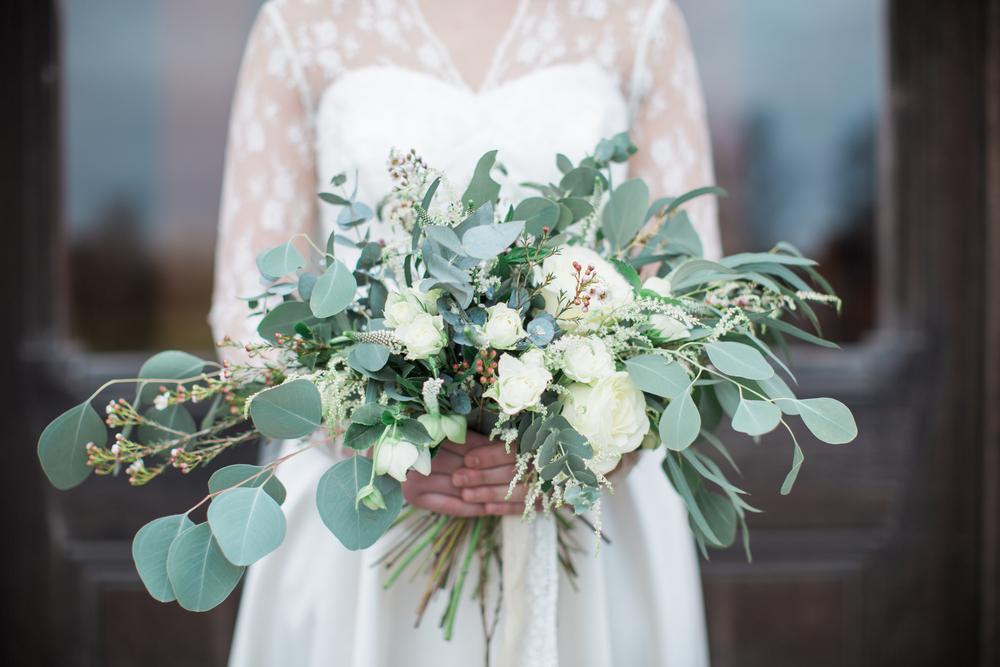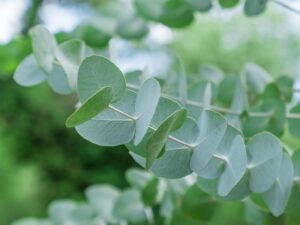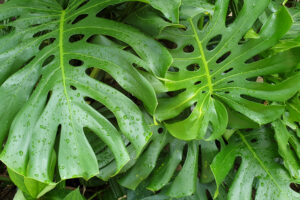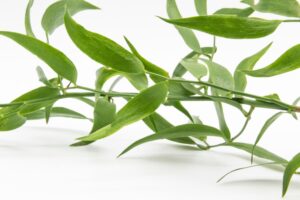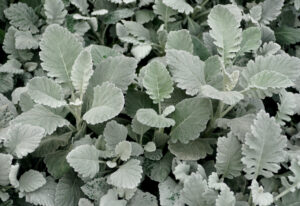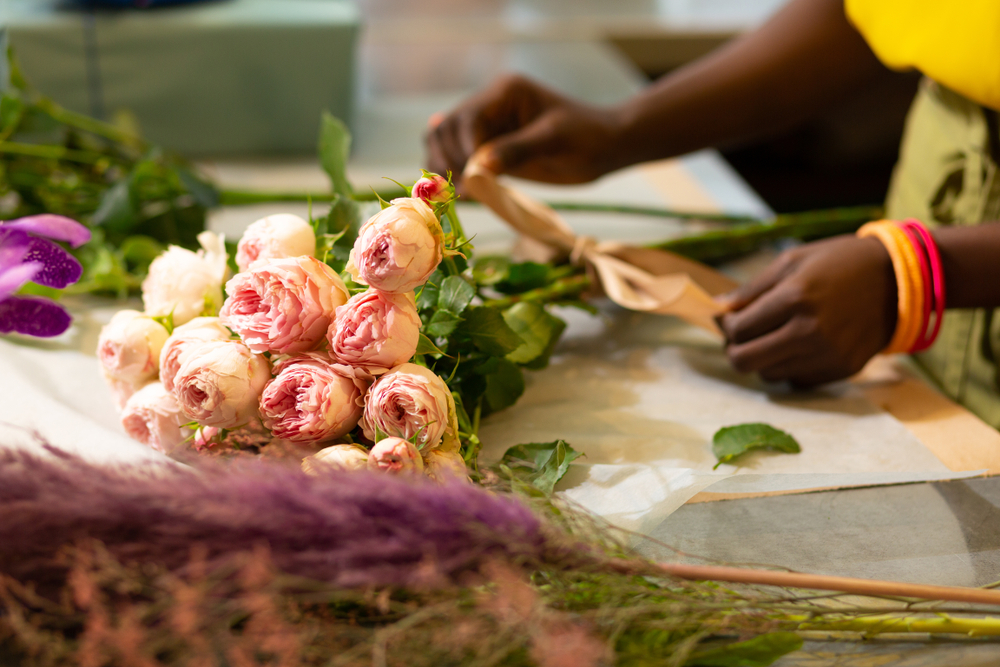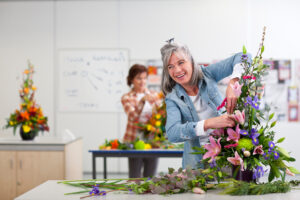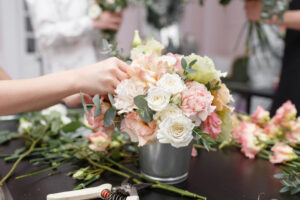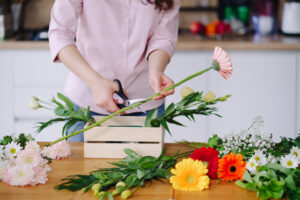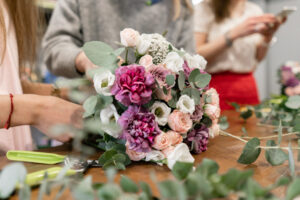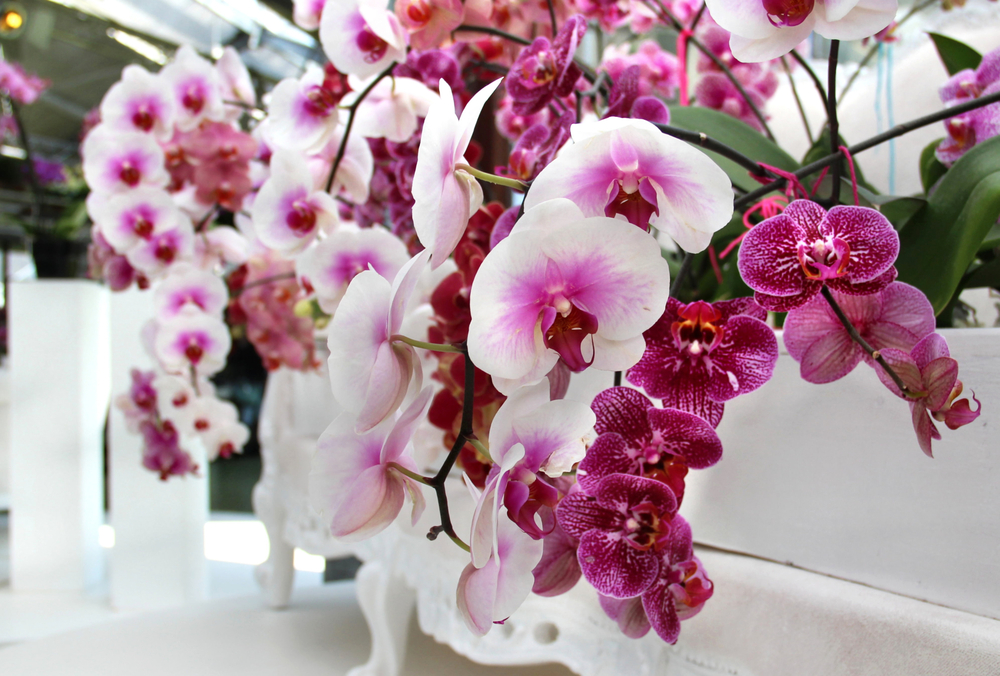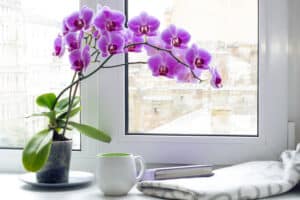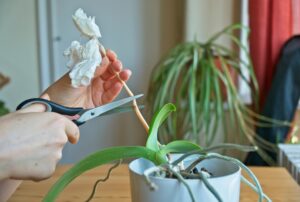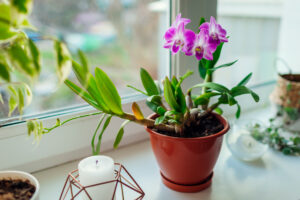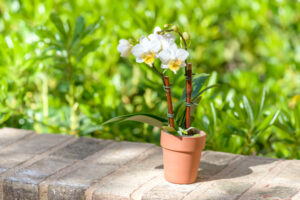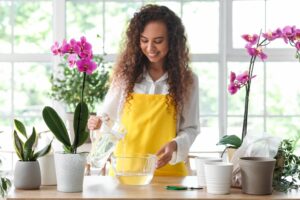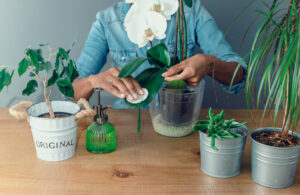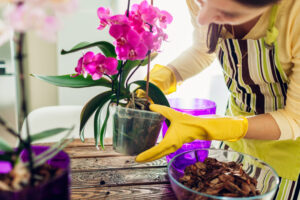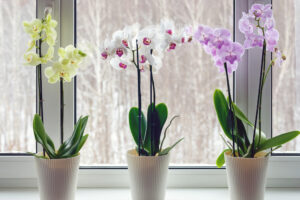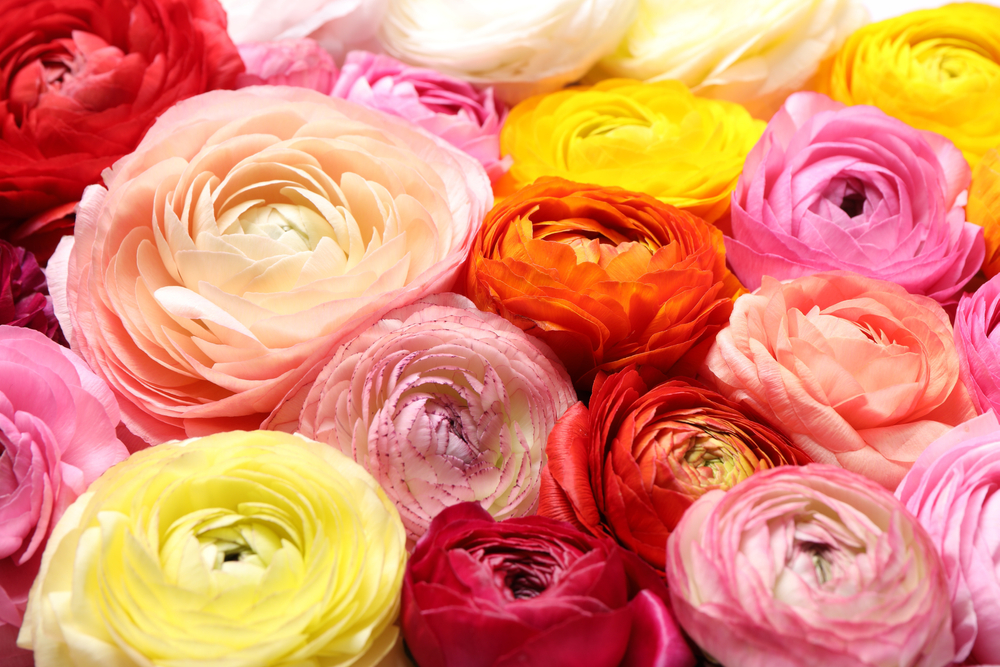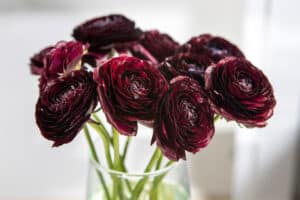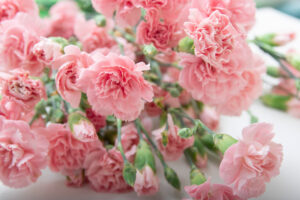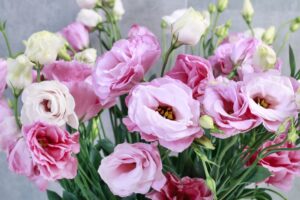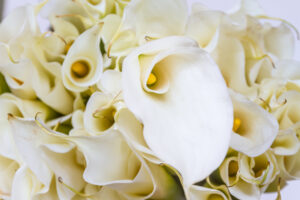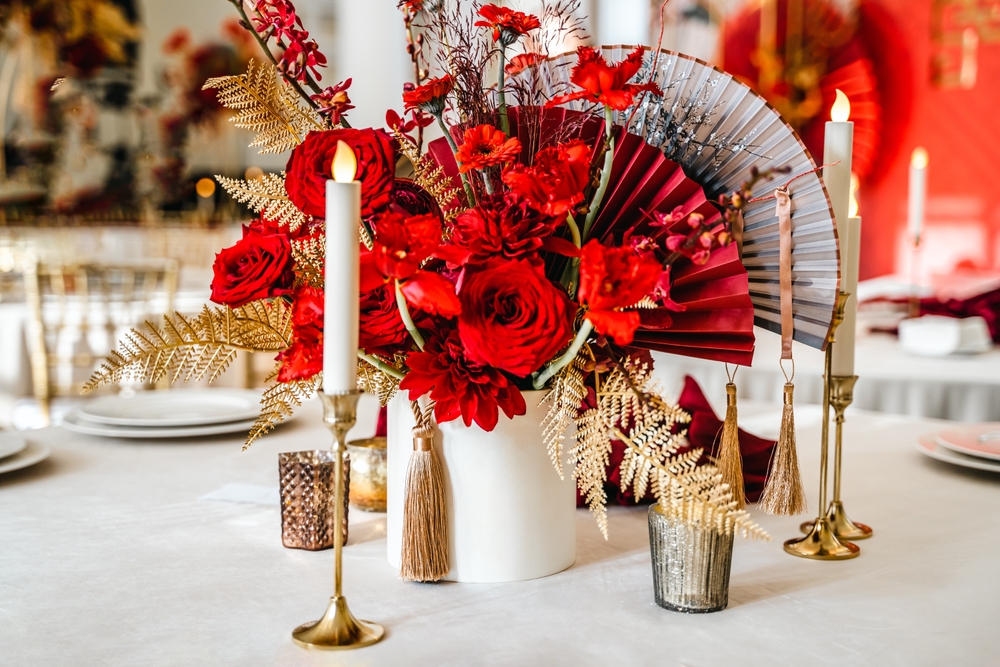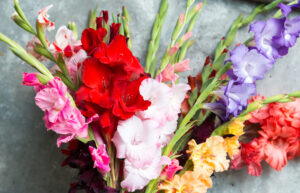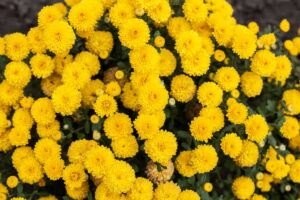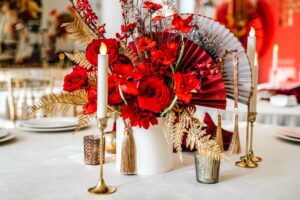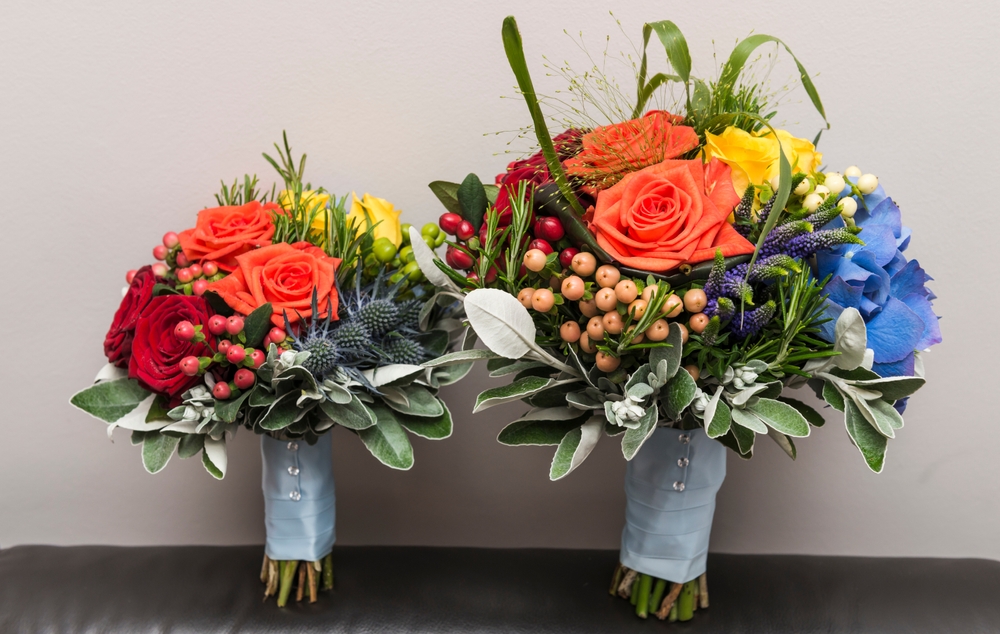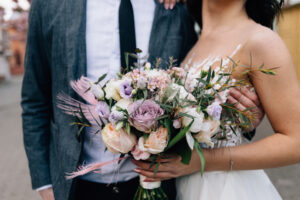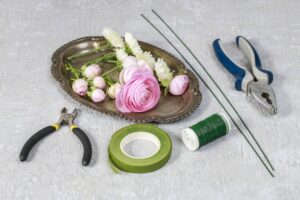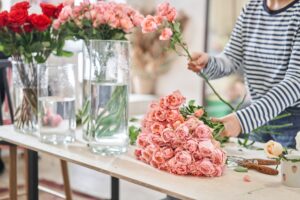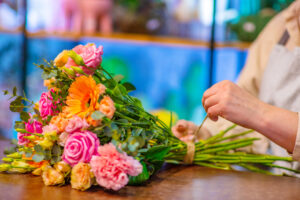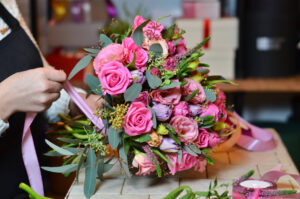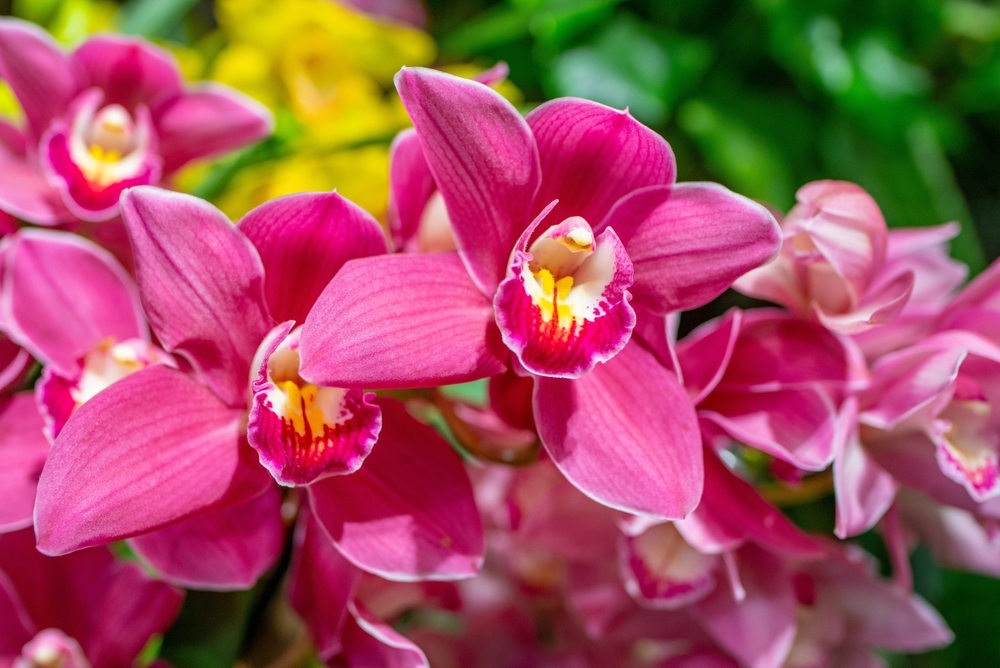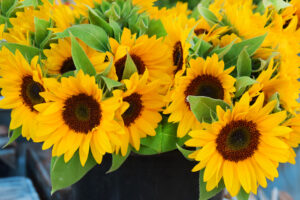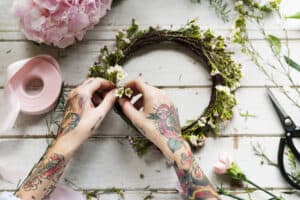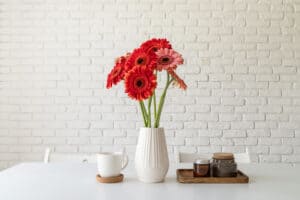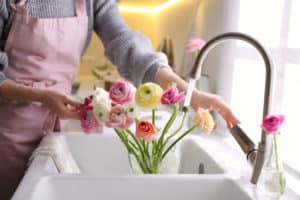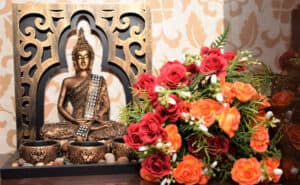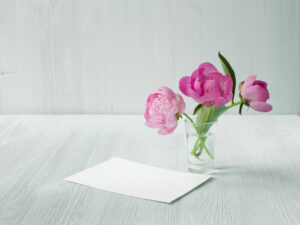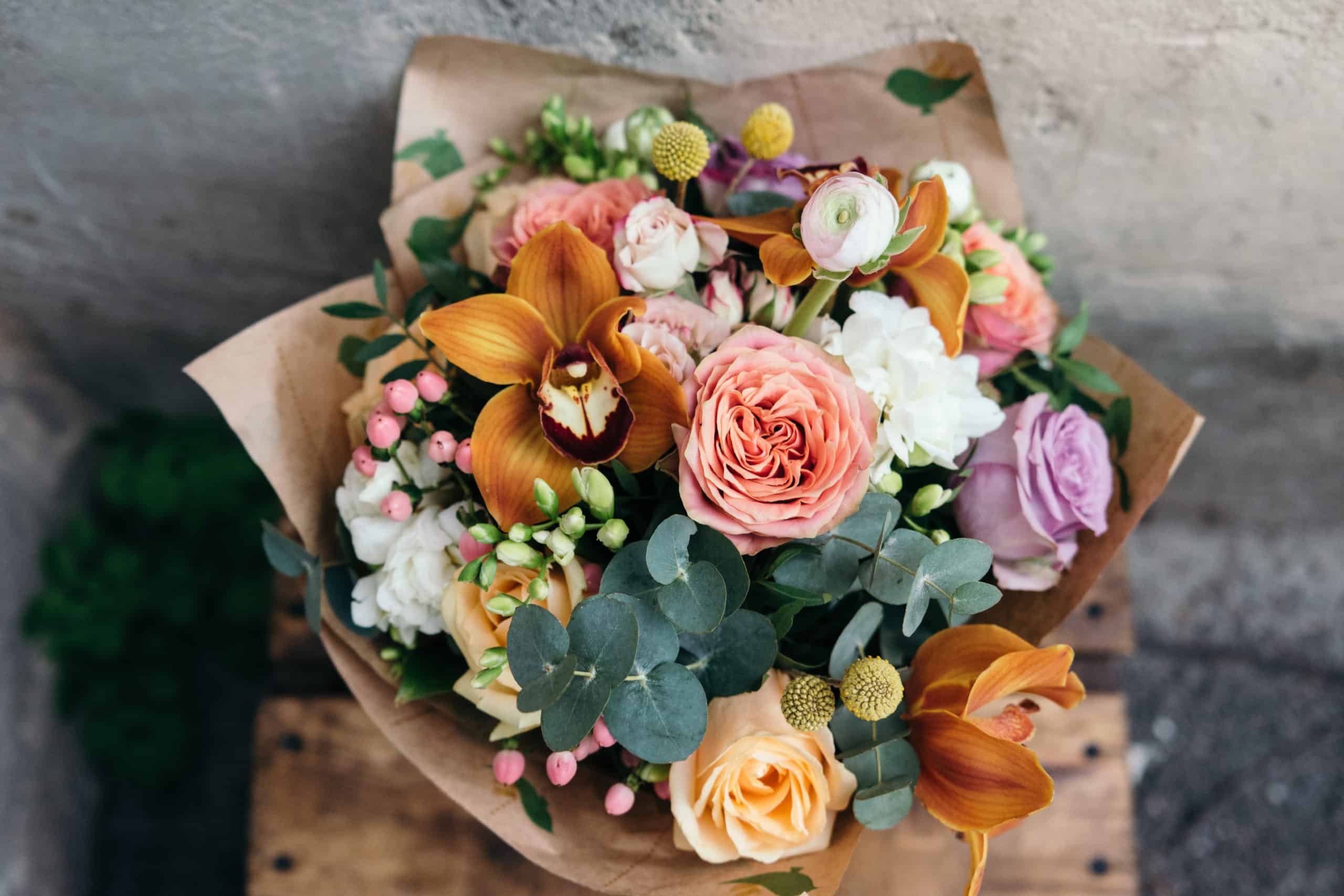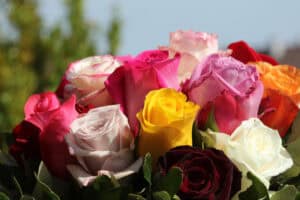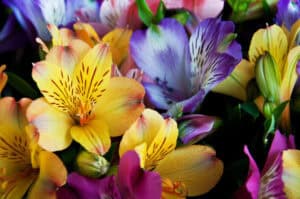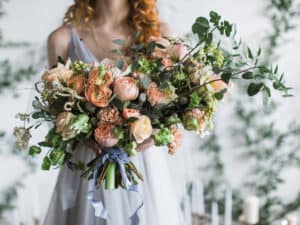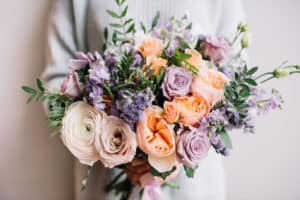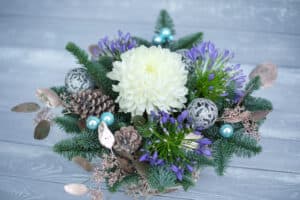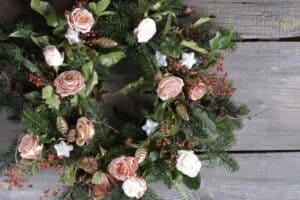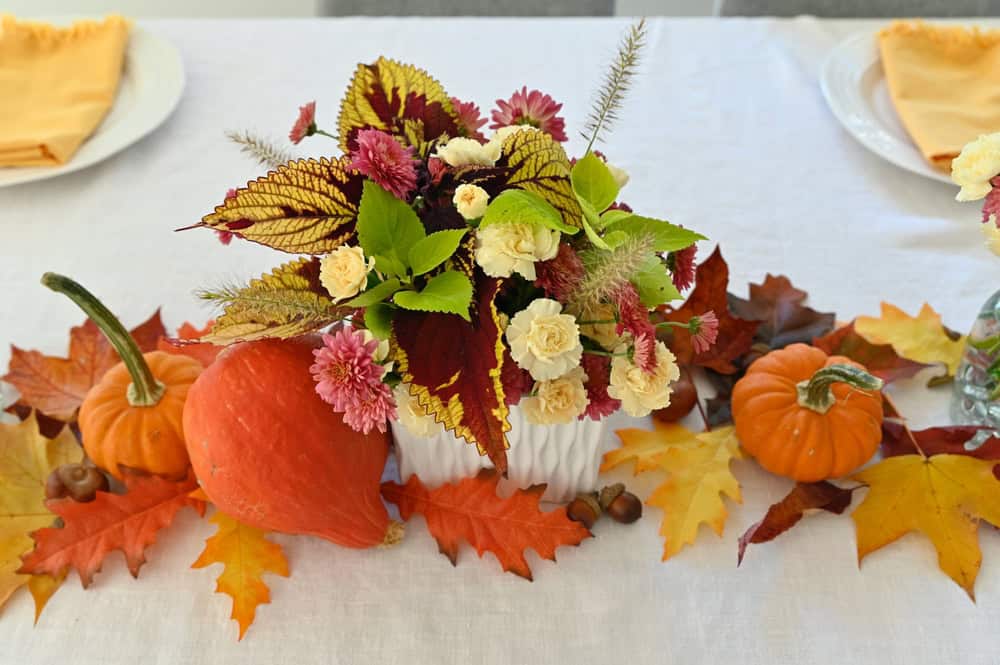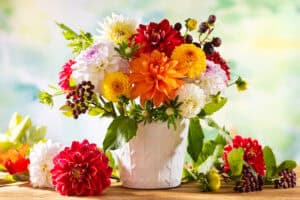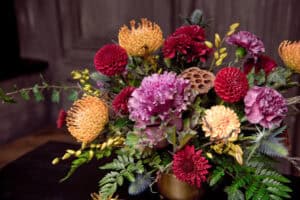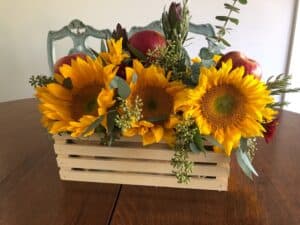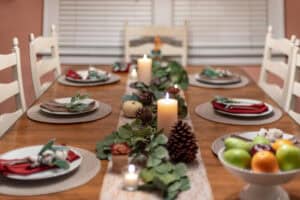
If you’ve fallen in love with the waxy, heart-shaped blooms of an anthurium (also called the flamingo flower), you’re not alone. These tropical beauties are popular in homes, offices, and even wedding florals. Their bold, glossy flowers (technically spathes that surround a spiky spadix) can last for weeks, sometimes even months. But if you’ve noticed your anthurium’s blooms have faded and all you’re left with are glossy green leaves, you might be wondering: Will it bloom again? And if so, how?
Good news: With the right care, anthuriums are repeat performers. They can bloom multiple times a year, often with only a short rest period between flower cycles. At Cascade Floral Wholesale in Everett, Washington, we’ll teach you how to encourage your anthurium to put on another stunning show.

Understand the Anthurium’s Rest Cycle
Anthuriums don’t bloom continuously; they need a break. After a blooming cycle, the plant naturally focuses on storing energy and producing new leaves. This rest period usually lasts six to eight weeks, but the timing can vary. Think of it like your plant’s spa retreat — it’s resting, recharging, and preparing for its next grand debut. During this phase, keep up with good care (water, light, and feeding) so it has the resources to flower again.
Give It Bright, Indirect Light
Light is the number one factor for reblooming. Anthuriums are native to the tropical rainforests of Central and South America, where they grow under the dappled light of taller plants. Too little light, and your plant will put all its energy into leaves, not flowers. Too much direct sun, and you risk scorching those gorgeous leaves.
Place your anthurium in a spot with bright, indirect light, such as near an east-facing window or a few feet back from a sunny south-facing one. If you live somewhere with gloomy winters, consider supplementing with a grow light. The goal: about 10–12 hours of bright but gentle light each day.

Keep It Cozy (But Not Stuffy)
Anthuriums thrive in temperatures between 65–80°F. Cold drafts, sudden temperature drops, or placing your plant too close to heating vents can stress it out and delay flowering.
Humidity is also a big deal. These are tropical plants, so aim for 60–80% humidity. If your air is dry, group plants together, use a pebble tray, or invest in a small humidifier. You’ll see a difference not only in blooming but in the overall health of the foliage.
Water Wisely
If you’ve ever heard the phrase “anthuriums don’t like wet feet,” it’s true. They prefer a consistent moisture level but not soggy soil. Overwatering can lead to root rot, which will definitely stop blooms in their tracks.
Here’s a simple watering rule:
-Check the top inch of soil. If it’s dry, water thoroughly until excess drains out.
-Always use a pot with drainage holes.
-Reduce watering slightly during the rest phase, then pick it back up as new growth appears.

Feed for Flowers
Blooming takes energy, and energy comes from nutrients. Anthuriums appreciate a balanced, diluted fertilizer during their growing season (spring through early fall). But if your goal is flowers, look for a fertilizer with a slightly higher phosphorus content (the middle number on the label).
An orchid fertilizer works beautifully for encouraging blooms. Feed every 6–8 weeks, and always water lightly before fertilizing to avoid root burn.
Refresh the Soil
If your anthurium hasn’t bloomed in a while despite good care, it might be time to give it fresh soil. Old soil can compact, limiting oxygen to the roots, and nutrients get depleted over time.
Anthuriums love a chunky, well-draining mix. Think orchid bark + peat moss + perlite. Repot every two to three years, or sooner if roots are circling the pot.

Trim Spent Blooms and Old Leaves
Deadheading isn’t just for roses; it helps anthuriums, too. Once a bloom starts to fade and lose its gloss, snip it off near the base. This tells the plant to redirect energy toward producing new flowers rather than trying to keep an old one going.
Removing yellowing or damaged leaves also encourages healthy growth and keeps the plant looking fresh and vibrant.
Be Patient (and Observant)
Even with perfect care, your Anthurium may take its sweet time between blooms. Watch for signs of new growth, like fresh leaves, thicker stems, and small spathe buds forming. Once you spot these, keep your care consistent and avoid moving the plant too much, as sudden changes can stall development.
Remember, a happy Anthurium can bloom up to three times a year, but every plant has its own rhythm.

Bonus Trick: Mimic the Tropics
If you want to nudge your plant into a new bloom cycle, try recreating its native seasonal shift. After a rest period, slightly increase light exposure, boost humidity, and feed with a bloom-boosting fertilizer. Sometimes this hint of spring is enough to get buds forming again.
An anthurium that reblooms becomes part of someone’s home story — a living reminder of a special occasion, a thoughtful gift, or a treat they bought for themselves (because yes, we’re all about buying our own flowers). With good light, cozy warmth, proper watering, and a little patience, you can enjoy wave after wave of those striking, heart-shaped blooms. And when that first new flower unfurls? Trust the experts at Cascade Floral Wholesale; it feels like a little tropical miracle right in the living room.












